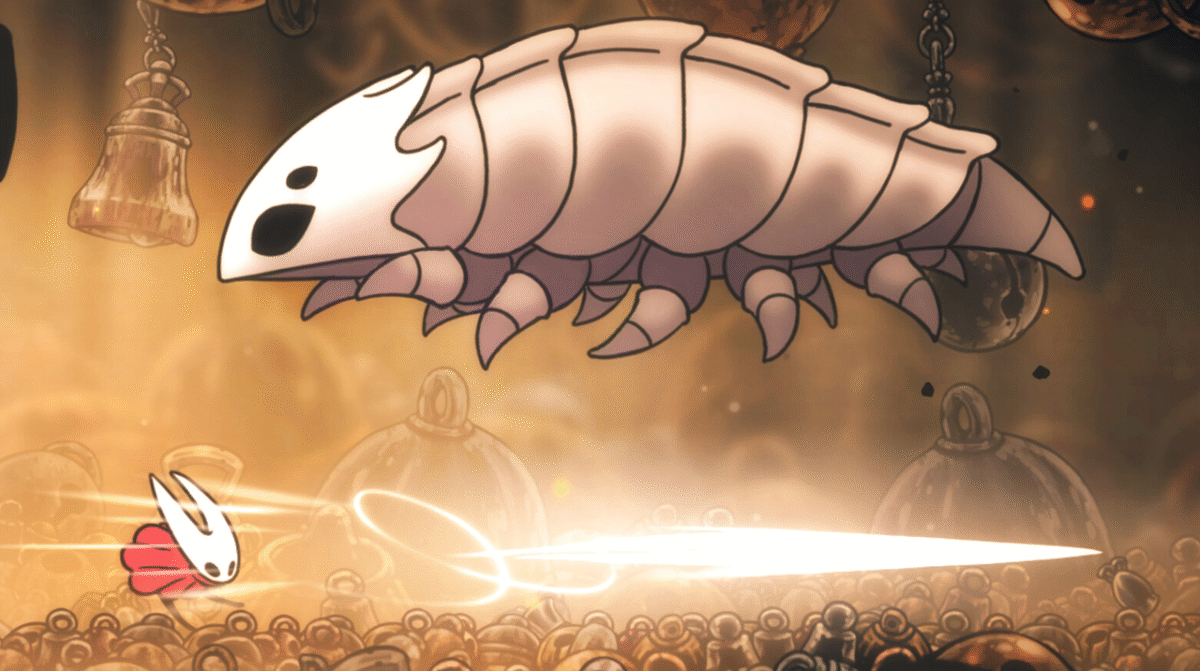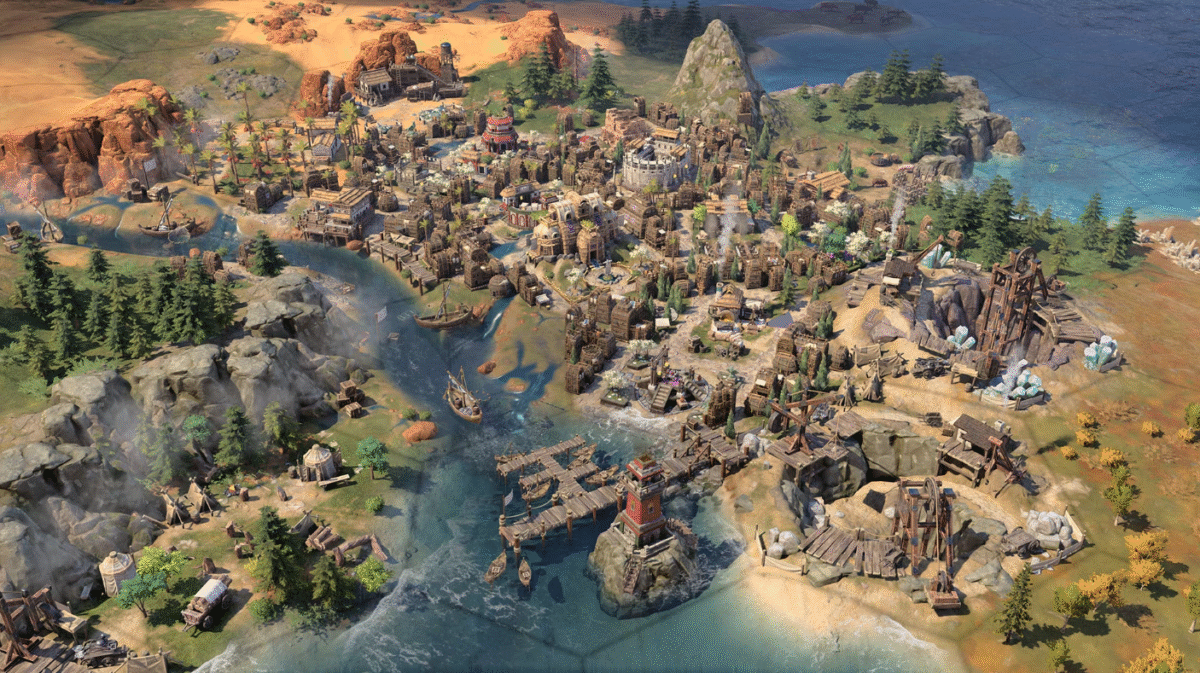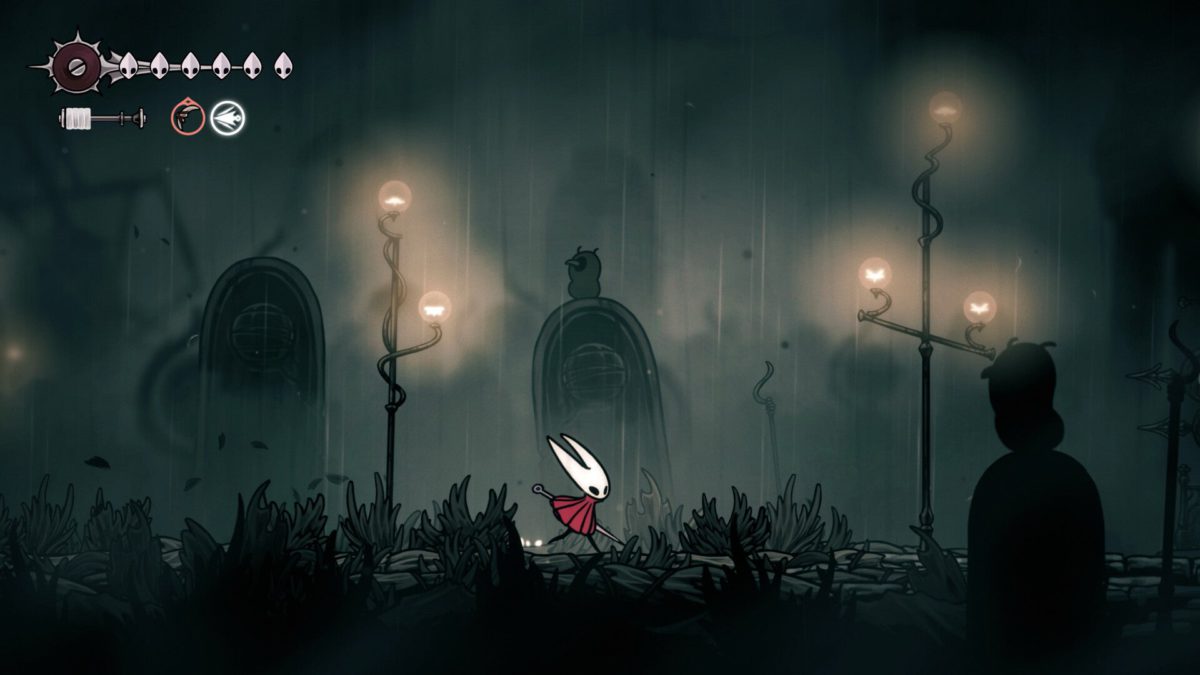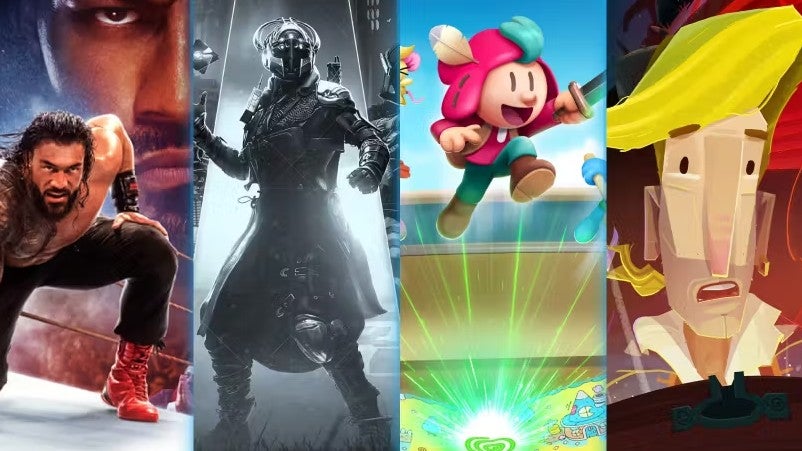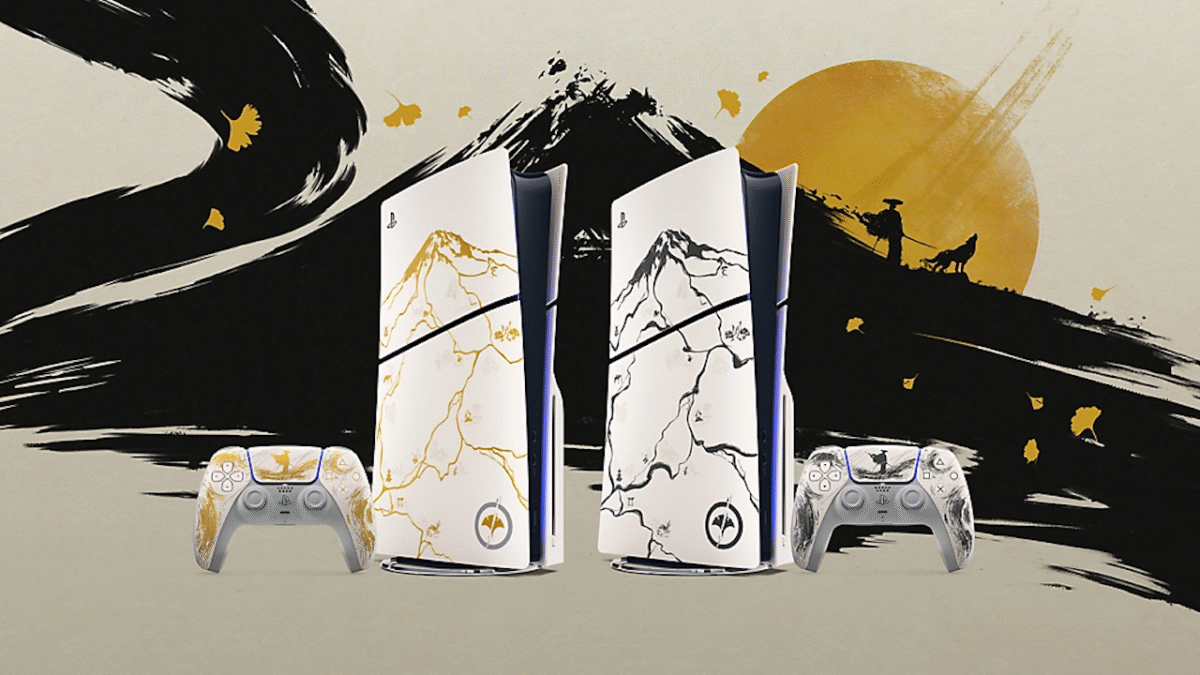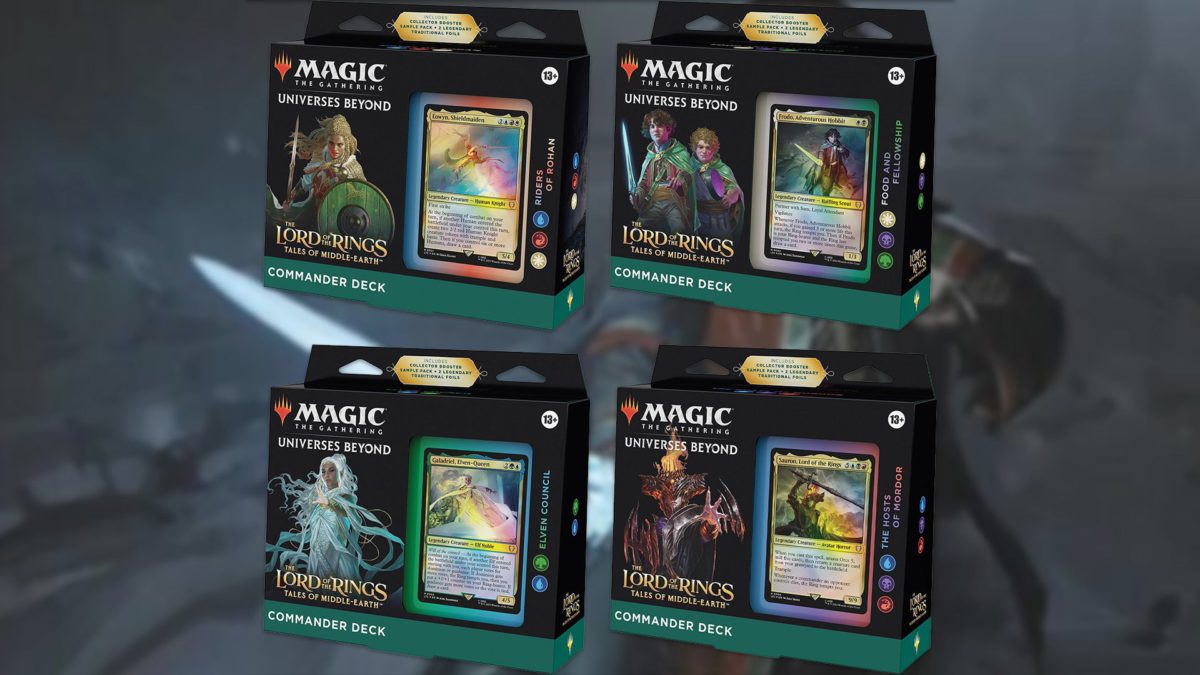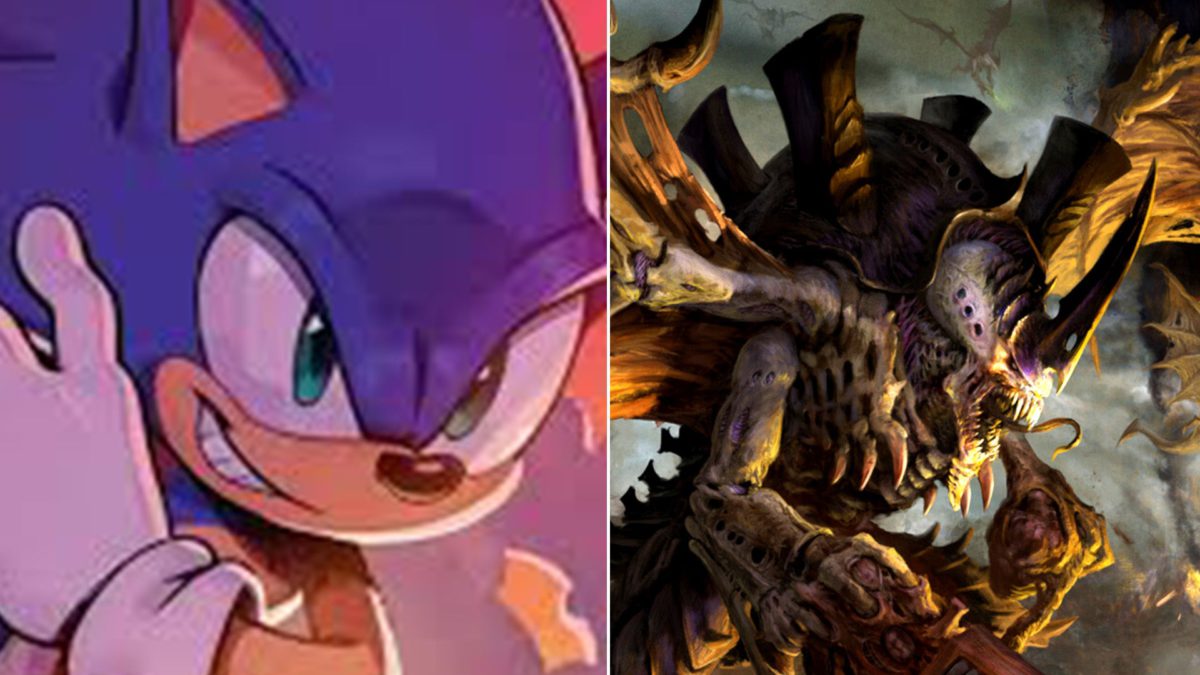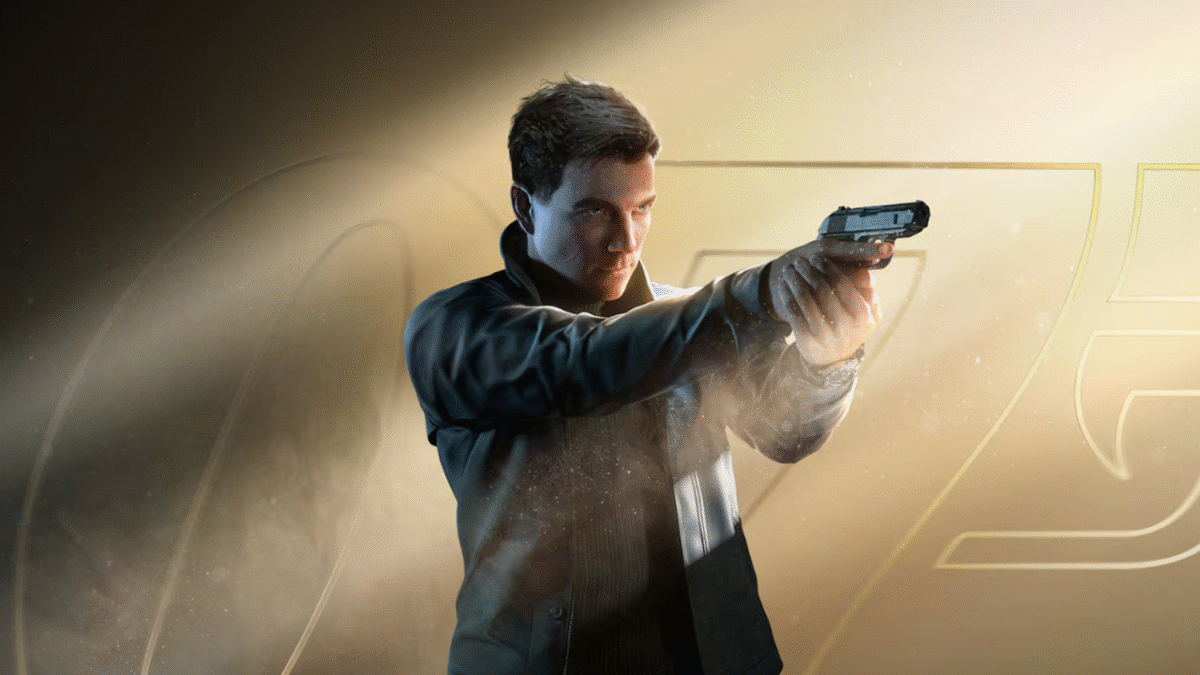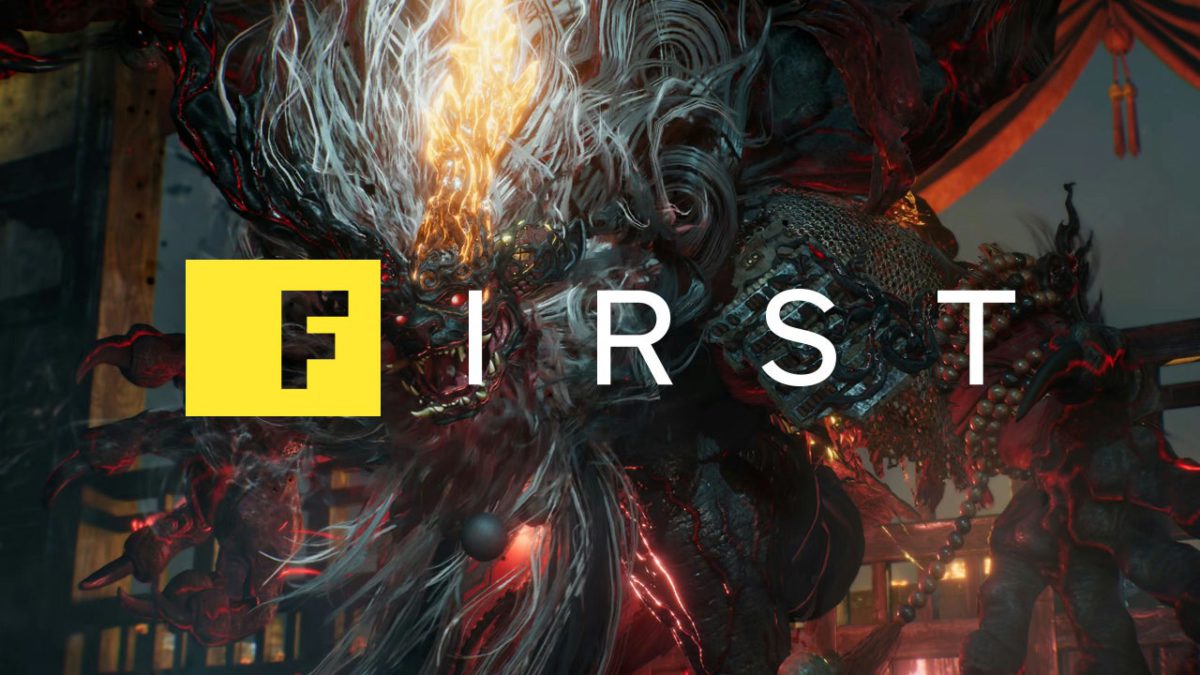
Stardew Valley creator Eric “ConcernedApe” Barone has a cameo role in Team Cherry’s new mega hit indie game, Hollow Knight: Silksong.
The sequel to Team Cherry’s original bleak and beloved metroidvania game finally launched across PC and consoles earlier today, bringing an end to more than six painful years of anticipation. As what is sure to be millions of fans swarm to see if the wait was worth it, The Verge has pointed out that the Hollow Knight: Silksong credits tease a special cameo from one of the most notable indie developers of the last decade.
Those who navigate to the Hollow Knight sequel’s credits – which can be found in the “extras” option on the main menu – will notice that Barone is featured among the shortlist of names included under “Additional Character Voices.” It means that, if you know where to look, you’ll be able to hear the mastermind behind farming sim sensation Stardew Valley among those lending their voice talents to the land of Pharloom and all of its insect inhabitants.
Unfortunately, it’s a bit unclear how exactly Barone is featured in Hollow Knight: Silksong. ConcernedApe’s head of operations and business development, Cole Medeiros, confirmed with The Verge that, while the Stardew Valley creator does indeed play a role in the Hollow Knight follow-up, they aren’t ready to reveal who he plays. Medeiros added that Barone would “rather not say which character(s) so as not to spoil any surprises for anyone.”
Although hundreds of thousands of players have already logged in to Steam to play Hollow Knight: Silksong on a Thursday morning, it might take some time to find how Barone is featured. Team Cherry made the metroidvania sequel available for players today, September 4, 2025, for $19.99 for PC, Nintendo Switch, Nintendo Switch 2, PlayStation 4, PlayStation 5, Xbox One, and Xbox Series X | S, and it immediately helped cause digital storefronts like Steam and the Nintendo eShop to crash. As fans continue to pour in, they’ll be met with a game that appears to be substantially bigger than the already quite large original Hollow Knight.
As fans continue to turn over every bug boss and creepy enemy in search of Barone, you can see how players can take advantage of enhanced features in the Switch 2 version of Hollow Knight: Silksong. You can also see why the announcement of Hollow Knight: Silksong’s release date had a few other developers ready to change their own schedules.
Michael Cripe is a freelance writer with IGN. He’s best known for his work at sites like The Pitch, The Escapist, and OnlySP. Be sure to give him a follow on Bluesky (@mikecripe.bsky.social) and Twitter (@MikeCripe).

